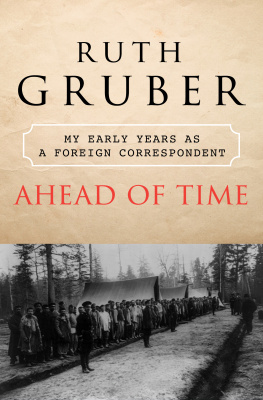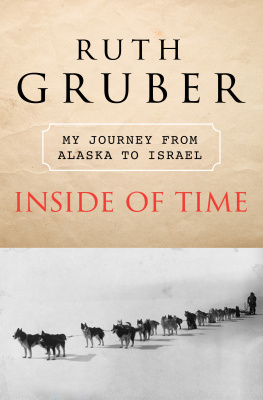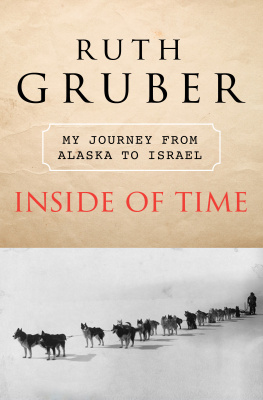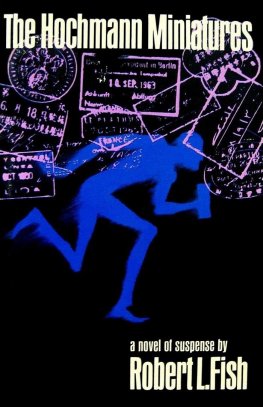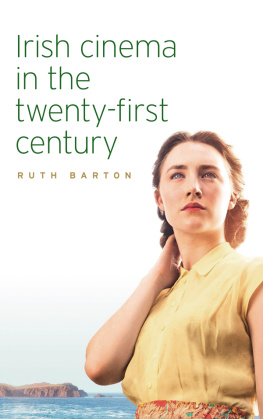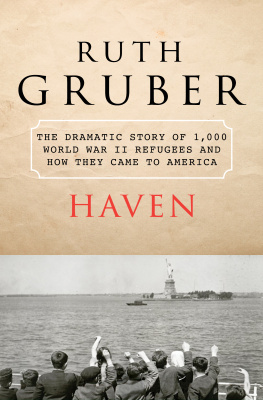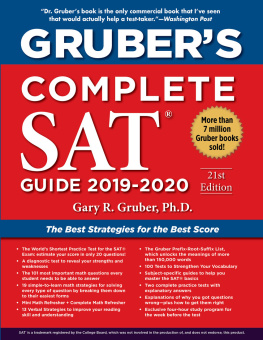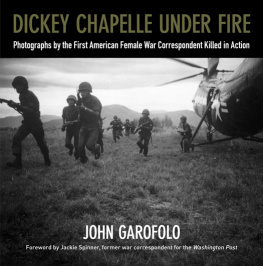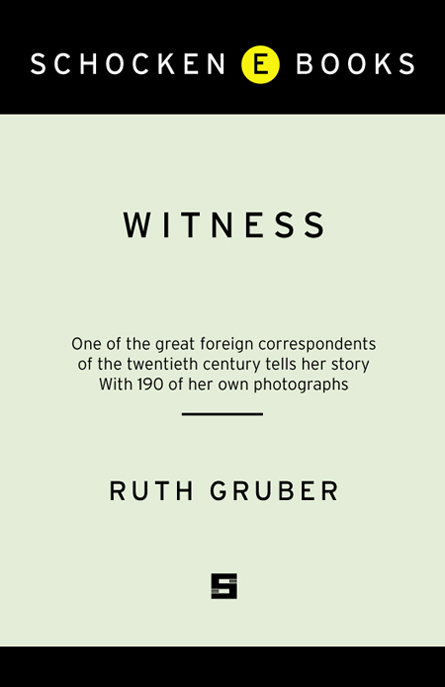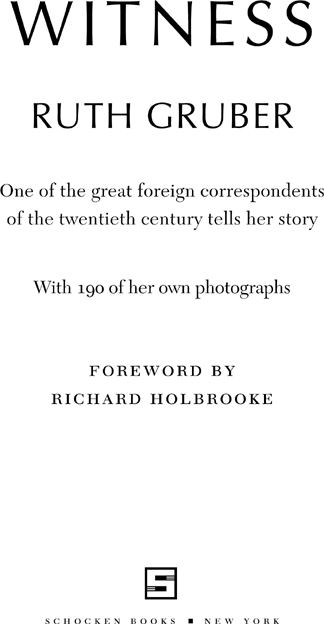Ruth Gruber - Witness: One of the Great Correspondents of the Twentieth Century Tells Her Story
Here you can read online Ruth Gruber - Witness: One of the Great Correspondents of the Twentieth Century Tells Her Story full text of the book (entire story) in english for free. Download pdf and epub, get meaning, cover and reviews about this ebook. year: 2007, publisher: Schocken, genre: Art. Description of the work, (preface) as well as reviews are available. Best literature library LitArk.com created for fans of good reading and offers a wide selection of genres:
Romance novel
Science fiction
Adventure
Detective
Science
History
Home and family
Prose
Art
Politics
Computer
Non-fiction
Religion
Business
Children
Humor
Choose a favorite category and find really read worthwhile books. Enjoy immersion in the world of imagination, feel the emotions of the characters or learn something new for yourself, make an fascinating discovery.

- Book:Witness: One of the Great Correspondents of the Twentieth Century Tells Her Story
- Author:
- Publisher:Schocken
- Genre:
- Year:2007
- Rating:3 / 5
- Favourites:Add to favourites
- Your mark:
Witness: One of the Great Correspondents of the Twentieth Century Tells Her Story: summary, description and annotation
We offer to read an annotation, description, summary or preface (depends on what the author of the book "Witness: One of the Great Correspondents of the Twentieth Century Tells Her Story" wrote himself). If you haven't found the necessary information about the book — write in the comments, we will try to find it.
Grubers life has been extraordinary and extraordinarily heroic. She received a B.A. from New York University in three years, a masters degree from the University of Wisconsin a year later, and a Ph.D. from the University of Cologne (magna cum laude) one year after that, becoming at age twenty the youngest Ph.D. in the world (it made headlines in The New York Times; the subject of her thesis: the then little-known Virginia Woolf).
At twenty-four, Gruber became an international correspondent for the New York Herald Tribune and traveled across the Soviet Arctic, scooping the world and witnessing, firsthand, the building of cities in the Siberian gulag by the pioneers and prisoners Stalin didnt execute . . . At thirty, she traveled to Alaska for Harold L. Ickes, FDRs secretary of the interior, to look into homesteading for G.I.s after World War II . . . And when she was thirty-three, Ickes assigned another secret mission to herone that transformed her life: Gruber escorted 1,000 Holocaust survivors from Italy to America, the only Jews given refuge in this country during the war. I have a theory, Gruber said, that even though were born Jews, there is a moment in our lives when we become Jews. On that ship, I became a Jew.
Grubers role as rescuer of Jews was just beginning.
In Witness, Gruber writes about what she saw and shows us, through her haunting and life-affirming photographstaken on each of her assignmentsthe worlds, the people, the landscapes, the courage, the hope, the life she witnessed up close and firsthand: the Siberian gulag of the 1930s and the new cities being built there (Gruber, then untrained as a photographer, brought her first Rolleicord with her) . . . the Alaska highway of 1943, built by 11,000 soldiers, mostly black men from the South (the highway went from Dawson Creek, British Columbia, 1,500 miles to Fairbanks) . . . her thirteen-day voyage on the army-troop transport Henry Gibbins with refugees and wounded American soldiers, escorting and then photographing the refugees as they arrived in Oswego, New York (they arrived in upstate New York as Adolf Eichmann was sending 750,000 Jews from Hungary to Auschwitz).
In 1947, Gruber traveled for the Herald Tribune with the United Nations Special Commission on Palestine (UNSCOP) through the postwar displaced persons camps in Europe, and then to North Africa, Palestine, and the Arab world; the committees recommendation that Palestine be partitioned into a Jewish state and an Arab state was one of the key factors that led to the founding of Israel.
We see Grubers remarkable photographs of a former
American pleasure boat (which had been renamed Exodus 1947) as it limped into Haifa harbor, trying to deliver 4,500 Jewish refugees (including 600 orphans), under attack by five British destroyers and a cruiser that stormed the Exodus with guns, tear gas, and truncheons, while the crew of the Exodus fought back with potatoes, sticks, and cans of kosher meat. In a cable to the Herald Tribune, Gruber reported that the ship looks like a matchbox splintered by a nutcracker. She was with the people of the Exodus and photographed them when they were herded onto three prison ships. Gruber represented the entire American press aboard the ship Runnymede Park, photographing the prisoners as they defiantly painted a swastika on the Union Jack.
During her thirty-two years as a correspondent, Ruth Gruber photographed what she saw and captured the triumph of the human spirit.
Take photographs with your heart, Edward Steichen told her.
Witness is a revelationof a time, a place, a world, a spirit, a belief. It is, above all else, a book of heart.
Ruth Gruber: author's other books
Who wrote Witness: One of the Great Correspondents of the Twentieth Century Tells Her Story? Find out the surname, the name of the author of the book and a list of all author's works by series.

